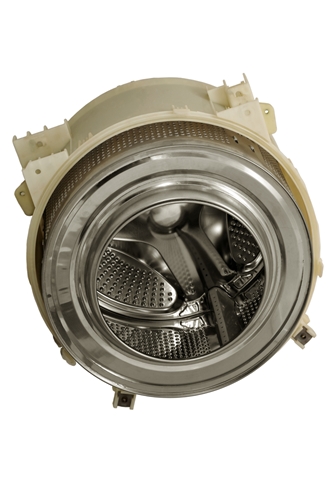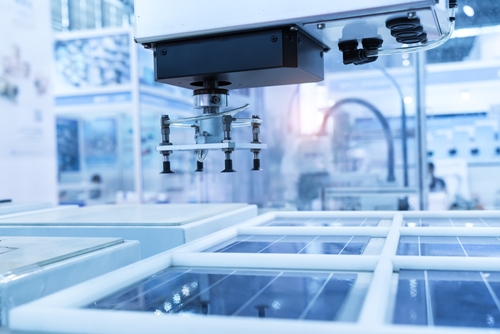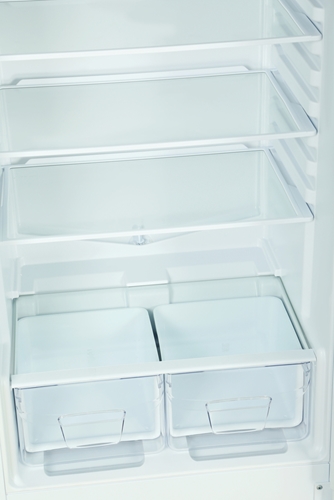

- Contributions by industrial experts with engineers in mind
- Focused on specialty-chemical material applications and selection
Knowledge Center
Cyanoacrylates in Medical Devices

Cyanoacrylate Adhesives for Medical Device Assembly
Cyanoacrylate adhesives for medical device assembly form fast, strong bonds and are available in formulations that can withstand high temperatures and other demanding conditions.
Adhesive use has been on the rise in the medical device industry as manufacturers look for ways to increase throughput, decrease costs and create high-quality products. Devices in the medical industry must stand up to harsh conditions and, in the case of reusable products, undergo thorough sterilization processes. Cyanoacrylate (CA) adhesives offer advantages that make them the adhesive of choice in a variety of disposable and reusable medical device applications.
Cyanoacrylate adhesives, known in consumer markets as super glues, are quick-fixturing and curing glues that bond to a wide variety of surfaces at room temperature. These adhesives form extremely strong bonds in a matter of seconds that cure fully in roughly 24 hours depending on formulation. CA adhesives cure via polymerization with a base - usually water vapor in the environment is sufficient. Surface-insensitive formulations have been developed that improve adhesion on acidic or unprepared surfaces. Primers and activators allow for CA adhesives to be used on traditionally difficult-to-bond polyolefins like polyethylene or polypropylene commonly used in medical devices, or in particularly dry environments. Rubber-toughened formulations allow for a less brittle and shock resistant adhesive. Formulations are also available which can withstand high temperatures, water and various chemical attacks - particularly useful in the medical device industry.
Disposable and Reusable Applications
Medical devices fall into one of two categories - disposable or reusable. CA glues are used much more frequently for disposable uses because of their ease of use in large-scale production and their relative weakness holding up to repeated sterilizations. CA glues are used particularly in catheter construction, needle bonding, tube sets, blood bags and other applications where tubing needs to be bonded to components. Because these devices are often in contact with human tissue, there are a number of formulations that have been approved to meet ISO 10993 for biocompatibility. The distinct advantage of CAs is their ability to bond a wide variety of substrates with a very short adhesion time along with their compatibility in automatic dispensing equipment.
"CAs offer excellent adhesion and utility when bonding polyolefins or other dissimilar surfaces."
CAs can also be used in durable medical equipment (DME). Although they are less frequently used, CAs still offer excellent adhesion and utility when bonding polyolefins or other dissimilar surfaces. Certain formulations can withstand repeated chemical and autoclave sterilizations as documented in a Loctite study. For certain applications CA glues may be able to provide an efficient way to bond some reusable devices.
UV Light Curing Adhesives
UV Curing adhesives have long been a staple in the medical device industry, and in the late 1990s UV curable cyanoacrylates joined the host of adhesives used. UV curing adhesives allow components to be bonded quickly and on-demand - essential for any large-scale production. One disadvantage is that the adhesives don't cure in shadowed areas where light doesn't reach. This is where CAs again offer a distinct advantage, since their ordinary moisture-cure allows fast curing across the entire bondline. UV-cure cyanoacrylates have become a popular choice for high-volume manufacturing like needle bonding where concerns about throughput are paramount.
Cyanoacrylate Adhesive Formulations and Medical Device Application
Cyanoacrylates come in a variety of different formulations, and their uses can be tailored to exact applications. Viscosity is one of the many variable properties. Thin CAs can be used for bonding fitted components as they can "wick" into joints, whereas thicker CAs may be used to fill gaps. Cyanoacrylates have a tendency to "bloom," where microscopic amounts of CA glue polymerize via moisture in the air, and can form a white "frost" around the bondline. While the effect is mostly aesthetic, low-bloom formulations are available that also inhibit odor. Primers are used to prepare difficult-to-bond surfaces like polyolefins, and are used by simply applying to the surface before bonding. Activators are also available which speed the bonding time and can be applied before or after the adhesive.
CA glues are dispensed in a variety of ways. Automated dispensing equipment can allow fast, precise application of large or small amounts of adhesive in large-scale production. This can be coupled with light-curing apparatus for extremely quick throughput. Manual or semi-automatic dispensing is also possible with hand-held equipment. One of the reasons CAs are so economical is because fixturing times are quick under normal, room-temperature conditions, where no additional equipment is needed.






